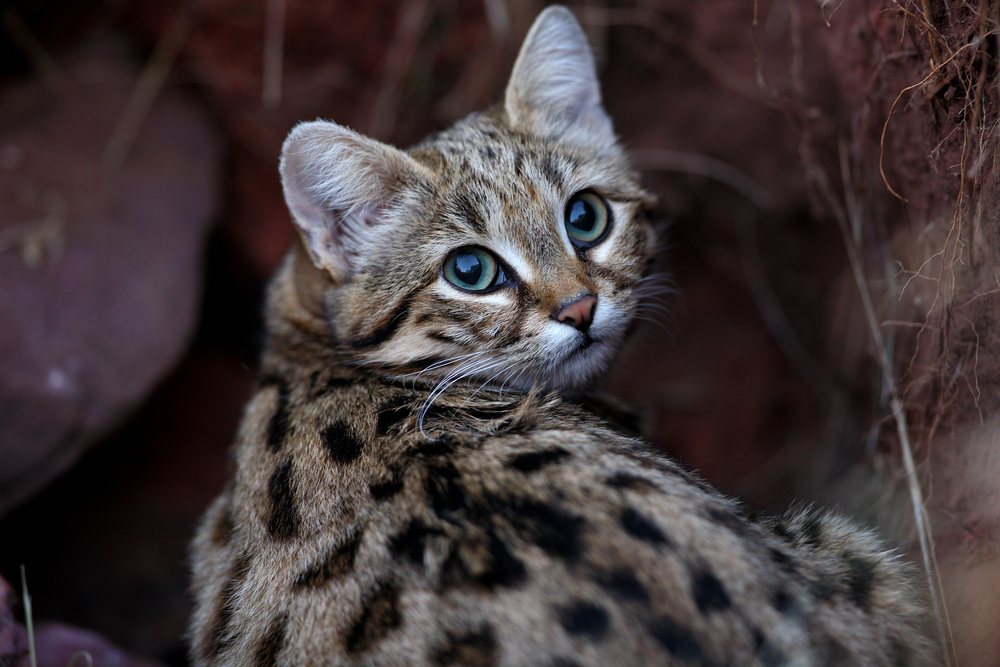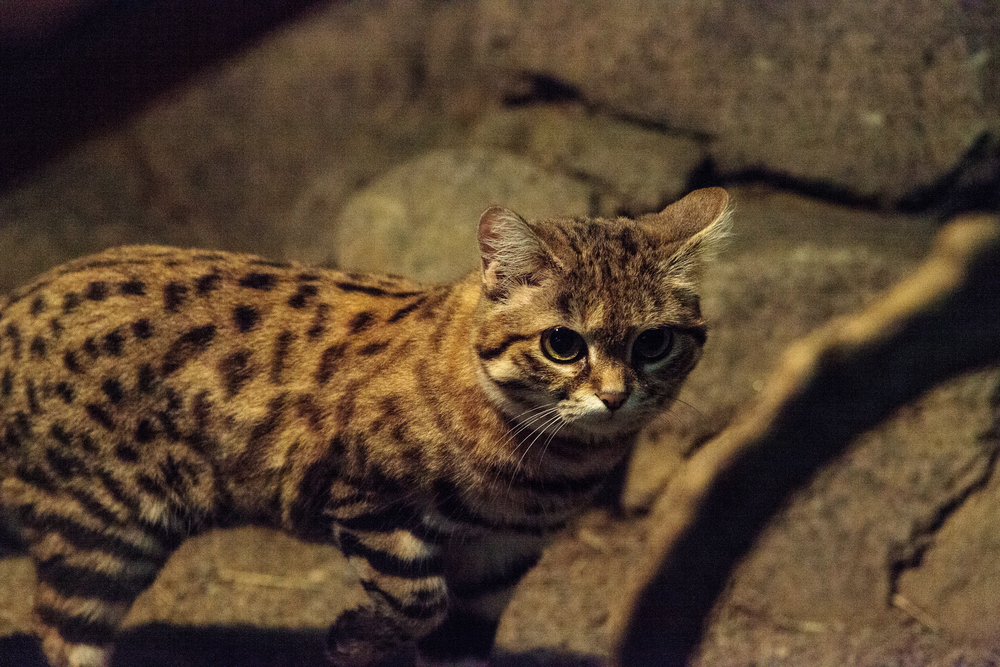The African black-footed cat has a ferocious reputation as the deadliest cat in the world, but if you saw one on a suburban street, you’d probably mistake it for an extremely cute tabby kitten.
Along with being the world’s deadliest feline, the black-footed cat (Felis nigripes) also happens to be Africa’s smallest cat. Weighing between 1 to 2 kilograms (2.4 to 4.2 pounds) and measuring 35 to 43 centimeters (14 to 17 inches) fully grown, these tiny beasts are half the size of the average domestic cat and roughly 200 times smaller than a lion.
Despite their meager stature, these cats have an impressively high kill rate. While lions have a successful kill rate of just 25 percent, the humble black-footed cat is successful in 60 percent of their hunts, making them the second deadliest apex predator in the world after African wild dogs.
Traveling up to 8 kilometers (5 miles) each night in search of food, these cats attempt a kill approximately every 30 minutes and successfully catch between 10 and 14 prey each night. Feasting on everything from small rodents to birds and sometimes insects, the black-footed cat has also been known to take down prey that is larger than the cat itself, like the Cape hare.

They look remarkably similar to domestic house cats.
Image credit: Erwin Niemand/Shutterstock.com
Found in the arid, sandy grasslands of southern Africa, this nocturnal feline has a small stubby body and tail that makes it a clumsy and inefficient climber. Instead, these cats will spend their days hiding out in abandoned burrows or in termite mounds.
Despite having an impressively loud voice compared to their body size, these cats live extremely solitary lives, becoming independent when they are just 4 or 5 months old and coming together again only to mate. The males will traverse an area of up to 22 square kilometers (8.5 square miles) a year, while the females will only travel around 10.3 square kilometers (4 square miles).

Their stubby stature makes them poor climbers.
Image credit: SunflowerMomma/Shutterstock.com
While they used to inhabit much of Botswana, their numbers have decreased so much that wild individuals have not been seen in the country for a number of years. Their true wild numbers remain uncertain, but threats to habitat, resources, and poison baits and traps set to catch African wildcats and jackals have threatened the species to such an extent that they were listed as “vulnerable” on the IUCN red list in 2016.
With a population estimated to be below 10,000 and decreasing, the species is now protected by national legislation throughout the majority of regions it inhabits, with hunting of the cats banned in Botswana and South Africa.
The black-footed cat has a high mortality rate in captivity, leading conservation efforts to be focused on preventing degradation and protecting the remaining habitats to safeguard the remaining populations and encourage species growth.
Long may the true king of the cats remain.
All “explainer” articles are confirmed by fact checkers to be correct at time of publishing. Text, images, and links may be edited, removed, or added to at a later date to keep information current.
Source Link: The Deadliest Cat In The World Is Tiny And Adorable